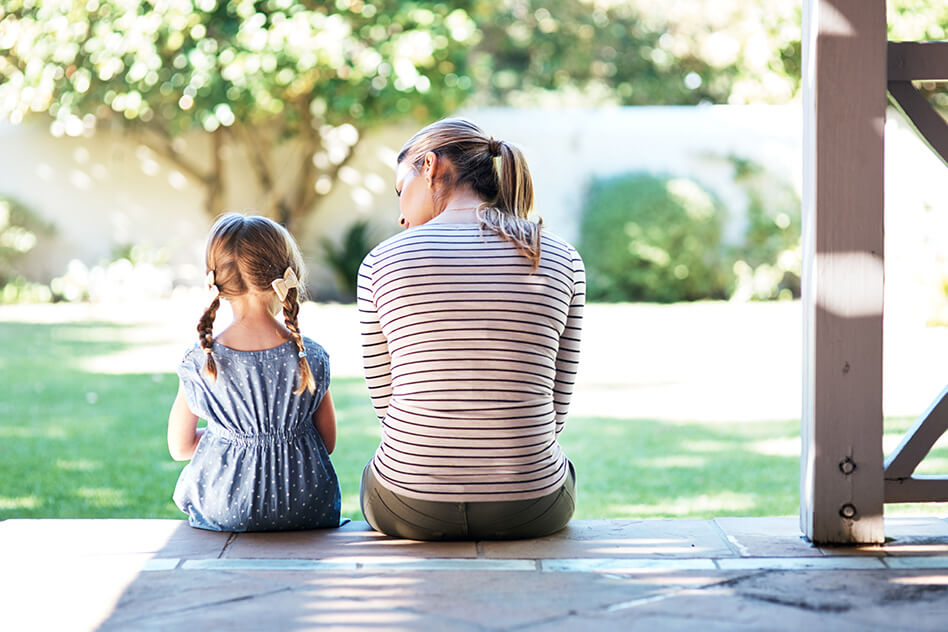

A landmark 1995 study found that children from higher-income families hear about 30 million more words during their first three years of life than children from lower-income families. This “30-million-word gap” correlates with significant differences in tests of vocabulary, language development, and reading comprehension.
Appearing in a February 14, 2018, MIT online edition of Psychological Science, MIT cognitive scientists have now found that conversation between an adult and a child appears to change the child’s brain, and that this back-and-forth conversation is actually more critical to language development than the word gap. In a study of children between the ages of 4 and 6, they found that differences in the number of “conversational turns” accounted for a large portion of the differences in brain physiology and language skills that they found among the children. This finding applied to children regardless of parental income or education.
The findings suggest that parents can have considerable influence over their children’s language and brain development by simply engaging them in conversation, the researchers say.
“The important thing is not just to talk to your child, but to talk with your child. your It’s not just about dumping language into your child’s brain, but to actually carry on a conversation with them,” says Rachel Romeo, a graduate student at Harvard and MIT and the lead author of the paper, which appears in news.mit.edu.